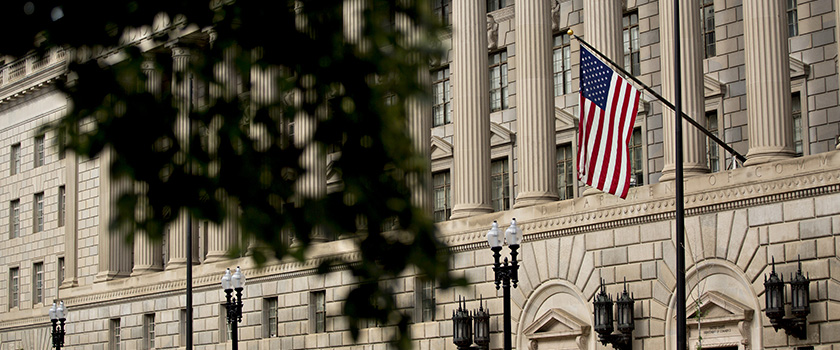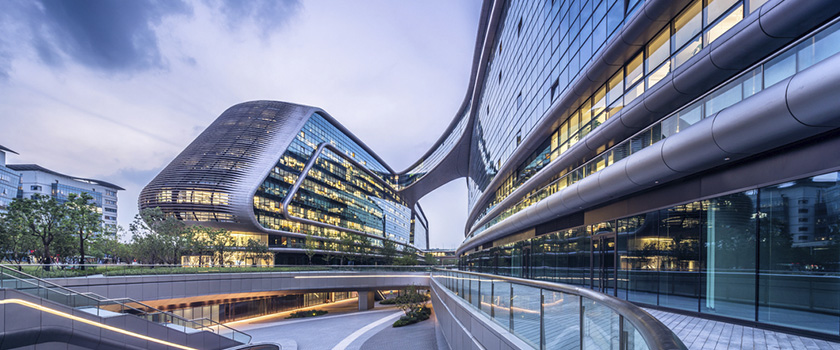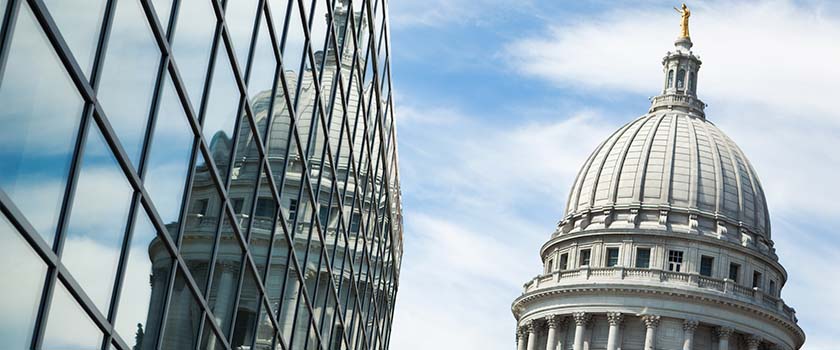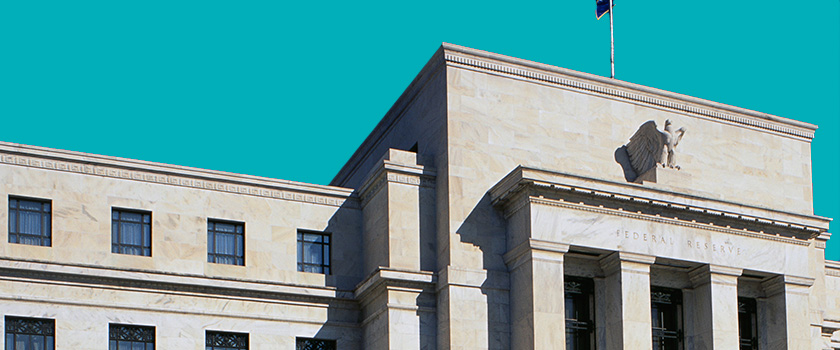Asia Macro - India is experiencing a fresh wave of COVID-19, with the daily number of confirmed cases increasing exponentially to 400,000 in May. Moreover, the new variant strain was labelled a “global health risk” by the WHO.
Key takeaways
-
The economic narrative has so far remained optimistic, owing to favourable base effects and no nationwide lockdown. With assembly elections out of the way, we think stricter lockdown measures will likely be imposed in the coming weeks.
- Going forward, it will be imperative for the government to deliver additional policy support. However, we exclude the possibility of outright fiscal stimulus and the RBI’s ability to ease is more constrained relative to a year ago.
- We have revised our growth forecast to 9.0% in 2021 and expect sequential growth to decline in Q2-21. The situation will stabilise starting from Q3-21. However, investors should exercise caution in the face of short-term uncertainties.
Rising COVID-19 cases pose threats to the outlook
Not so long ago, a panel of scientists from the Indian Council of Medical Research (ICMR) conducted a serological study predicting that the country had reached herd immunity in several large cities. The study was conducted between December 17, 2020 and January 8, 2021 – or two weeks before India launched its massive vaccination campaign. At that juncture, daily COVID-19 cases had decreased tenfold to 10,000 per day, down from almost 100,000 in September 2020. Declining cases and the launch of an ambitious vaccination campaign helped to fuel sanguine narratives about India’s economic recovery. But the euphoria did not last. The number of cases has increased exponentially since the last week of April 2021, peaking around 400,000 per day in May. It is believed that Holi celebrations (Festival of Colours) on March 28 may have triggered the advent of the latest wave. As a result, India now has 23 million confirmed COVID-19 cases, second only to the United States (US). The number is likely higher than reported, owing to capacity constraints at testing facilities. To make matters worse, on May 10, 2021 the World Health Organization (WHO) classified a new variant of COVID-19, which was first identified in India, as a “global health risk”.
In this context, the existing market narrative surrounding India’s economic recovery no longer seems appropriate. So far, the rhetoric has been that a combination of localised lockdown measures and favourable base effects, following three consecutive quarters of negative growth in 2020, would provide enough tailwind to enable India’s GDP to expand above 10% in the fiscal year ending March 2022 (FY22). In fact, the IMF revised its growth forecast for FY22 upwards to 12.5% on March 23 (11.3% in 2021). The current consensus also remains elevated, at 10.5% for FY22 according to figures compiled by Bloomberg. In our opinion, risks remain tilted to the downside.
- Nationwide lockdown likely: As of May 10, 34 out India’s 36 states and union territories have implemented targeted lockdown measures according to data compiled by the Data Intelligence Unit (DIU). As a result, India moved up to 29th place in Oxford University’s Global Stringency Index, a measure designed to quantify the severity of COVID-19 related restrictions around the world. However, at 76.31, India’s stringency score remains significantly lower than its peak on April 2020. Prime Minister Narendra Modi has been very resistant to announce a nationwide lockdown, which explains why the stringency of measures remains lower despite surging cases. However, with the assembly elections in five states (West Bengal, Tamil Nadu, Kerala, Assam and Puducherry) out of the way in early May, we expect that Modi will face mounting pressures to implement stricter measures to contain the latest wave. For that reason, we can’t exclude the possibility of a nationwide lockdown being implemented in the coming weeks.
- Slow vaccine rollout to drag on recovery: Recent reports by brokerage firms and rating agencies estimate that every month of a nationwide lockdown could cost the economy between 100-400 bps in GDP growth. However, we don’t have to wait until this is announced to observe a decline in activity. High frequency data compiled by Google shows that India’s domestic mobility has plummeted since the advent of the latest COVID-19 wave, led by retail and recreation (-65%), workspaces (- 60%) and public transport (-52%). Moreover, localised measures have already started to impact April manufacturing activity. We expect that the number of infections will return to more manageable levels from Q3-21 onwards, enabling the economy to reopen. However, the reopening will have to be gradual. The pace of inoculation remains very slow, due to vaccine and personnel shortages in the country. Despite the government’s best efforts, only 3% of the population has been fully vaccinated. The ICMR estimates that at the current pace, it may still take many years before a large enough proportion of India’s vast population has been fully vaccinated. Herd immunity remains elusive. We have therefore revised our growth forecast for India to 9.0% in 2021 (FY22: 10.0%). Our previous growth forecast of 9.5% had assumed a rapid recovery to 18.0% y/y in Q2- 21, due to base effects and a sharp pickup in domestic consumption. However, the current situation will lead to a loss in sequential momentum in Q2-21, which poses downside risks to this growth outlook. The longer the localised measures remain in place, the sharper the decline will be. Indeed, the announcement of a nationwide lockdown could entail a further decline in growth to 8.5% in 2021. In the medium term, we expect sequential activity to pick up again starting in Q3-21, once the economy starts to gradually reopen. Provided there are no subsequent COVID-19 waves, this should entail growth of around 6.0% in 2022 (FY23: 6.3%).
Less room to deliver much-needed policy support
In this context, we expect that the government will deliver more policy support. However, their ability to do so is significantly more constrained relative to a year ago. On the fiscal front, we expect that the Finance Minister will frontload spending already approved under the Union Budget for FY22. The government will also increase expenditure on welfare measures. These include the provision of 5kg of rice per month to impacted households (approximately 60% of total) as well as expanding the vaccination programme to anyone above 18 years of age. To alleviate the fiscal burden of these measures, the government will likely adopt market pricing for some vaccines, removing the need to provide fiscal support to manufacturers. Beyond these measures, we exclude the possibility of outright fiscal stimulus, given stretched public finances (fiscal deficit expected to increase to -7.0% in FY22) and lingering “fallen angel” risks. Rating agencies have issued reassuring reports in recent weeks, but the outlook remains negative for Fitch (BBB-) and Moody’s (Baa3). Only S&P upheld its growth forecast and stable outlook (BBB-); but cited near-term risks to the outlook due to the second wave of COVID-19.
On the monetary policy front, The Reserve Bank of India (RBI) kept its repo rate on hold during its Monetary Policy Committee (MPC) meeting on April 7. The RBI said it would support the economy through asset purchases of one trillion rupees per month via open market operations (OMOs), launching its QE program. The move will help to finance government spending, following pressures on the 10-year yield in April. Indeed, we expect that the RBI will likely ramp up purchases in the secondary market to fend off pressures on government bonds and will only adjust conditions once prospects of a sustained recovery are well secured.
On the flip side, the RBI will leave its repo rate on hold, as rising inflation expectations and a negative real rate differential with the US has effectively eliminated the room for additional rate cuts. The Consumer Price Index (CPI) declined to 4.29% y/y in April, after rebounding to 5.52% in March, towards the upper end of the RBI’s 2-6% target. CPI inflation will continue to trend upwards. However, the main driver will not be a pickup in demand, but higher energy prices and supply bottlenecks from the lockdowns. Moreover, even though we have seen daily COVID-19 cases peak in major cities, the situation has deteriorated in rural regions, where we do not have access to reliable data. This may lead to labour shortages in the agricultural sector, exerting upside pressures on the price of key perishables, regardless of stable monsoon rains this year. The RBI is cognizant of this risk and may have already factored this into its latest projections, announced during the April MPC meeting. RBI revised up its CPI forecast to 5.2% y/y in H1 FY-22 and 5.0% in FY22, in line with our forecasts.
Implications for investors
Foreign investors pulled cash out of both equities and bonds for the first time since March 2020 on April 2021, according to figures from the Central Depositary Services. Domestic investors are reportedly still net buyers, but net foreign portfolio outflows are set to continue in Q2-21, before stabilising in Q3-21. In the face of mounting short-term risks and a changing macroeconomic narrative, investors ought to exert caution, especially in case a nationwide lockdown is announced in the coming weeks.
On the fixed income front, the government bond yield has held up well on RBI support, but a shortcoming on the government revenue front could stoke fears again, adding to existing pressures on the 10-year yield. There have been signs of recovery in the credit market, after a sell-off in April. However, headwinds to growth are piling, owing to an impending national lockdown and rising COVID-19 cases, so it is not the right time for investors to be complacent.
We also see some room for repricing on the equities front. This is especially true given that Indian equities remain expensive, trading at 20.5 times earnings. Analysts have started to revise price targets for large Indian corporates in the financial services and automotive sectors. Lastly, the INR was one of the best performers in Asia in Q1-21, however it slipped 3.5% against the USD in April, breaching the level of USD/INR 75.00 after news of the latest wave erupted. The INR has since recovered to 73.25, but a national lockdown could tilt the scales in the direction of depreciation once again.









